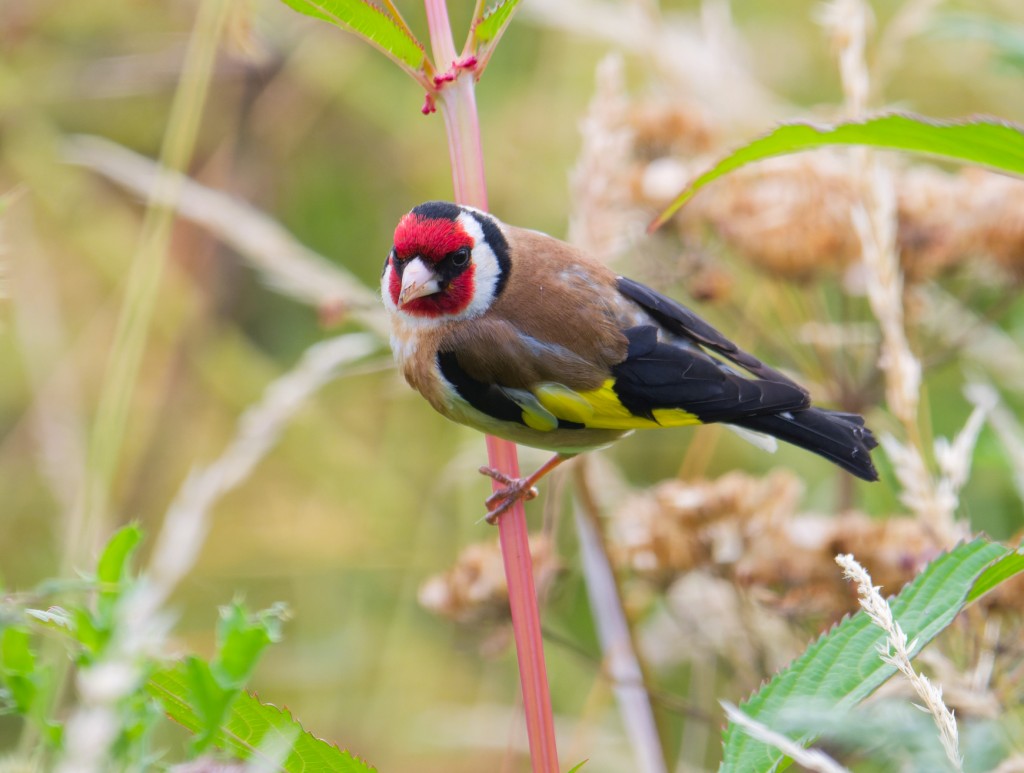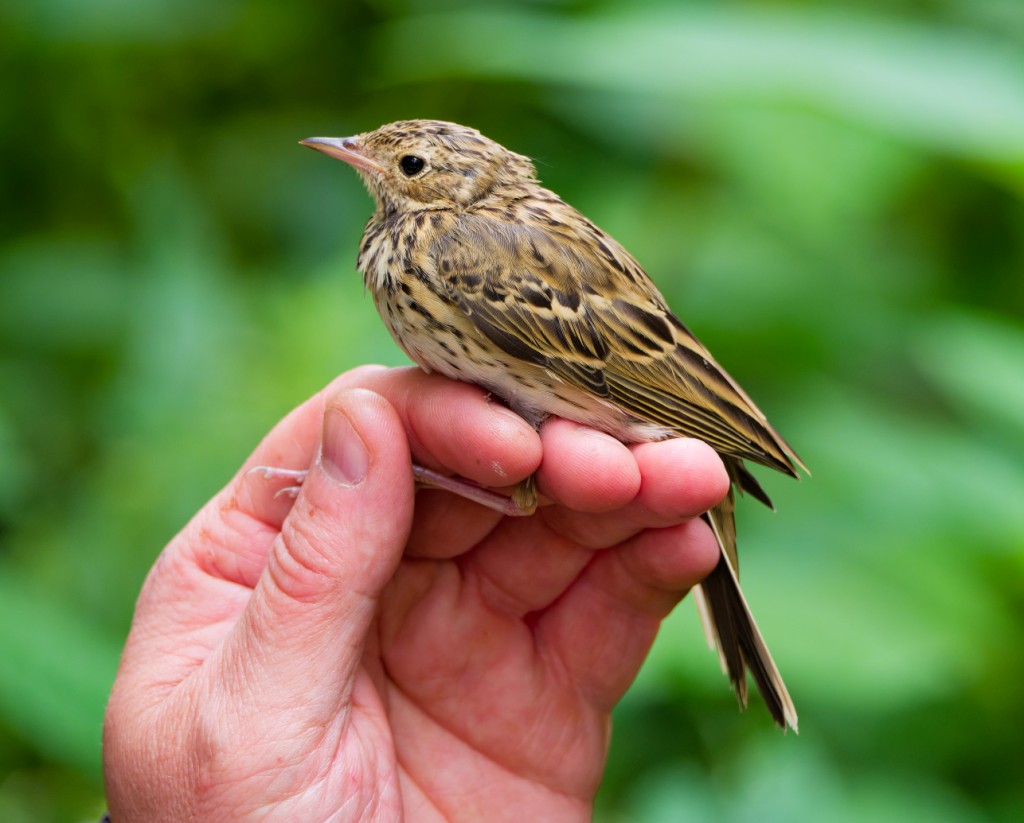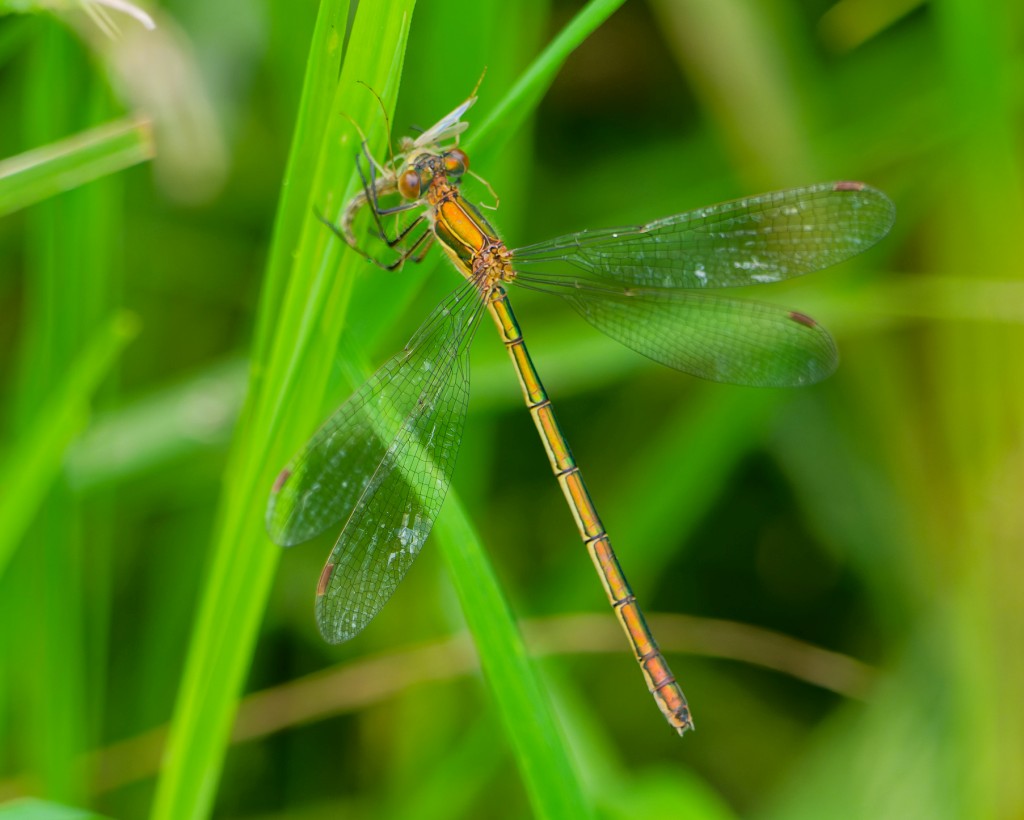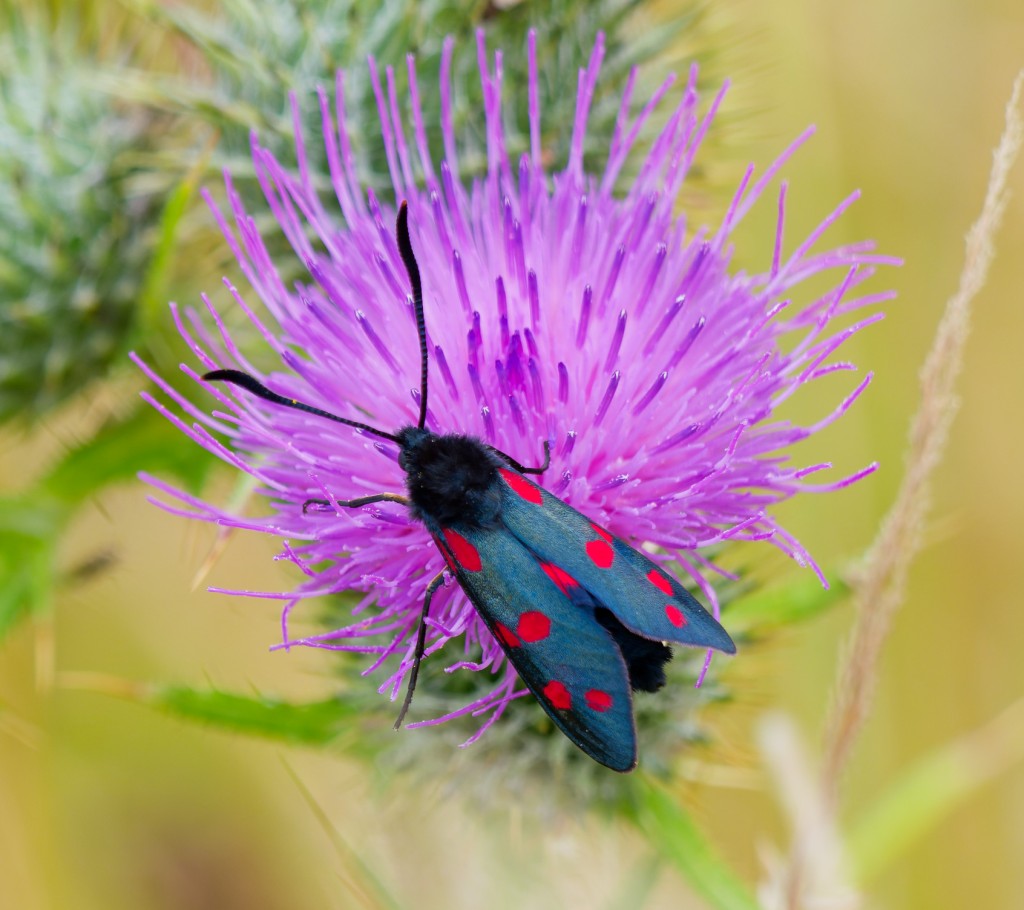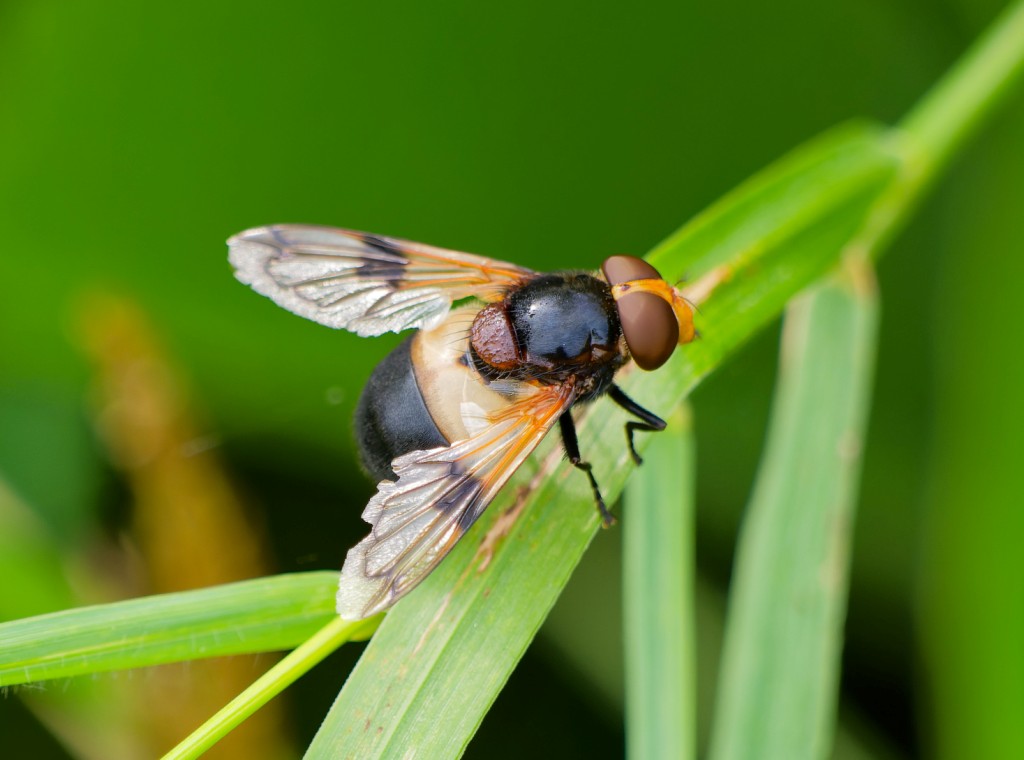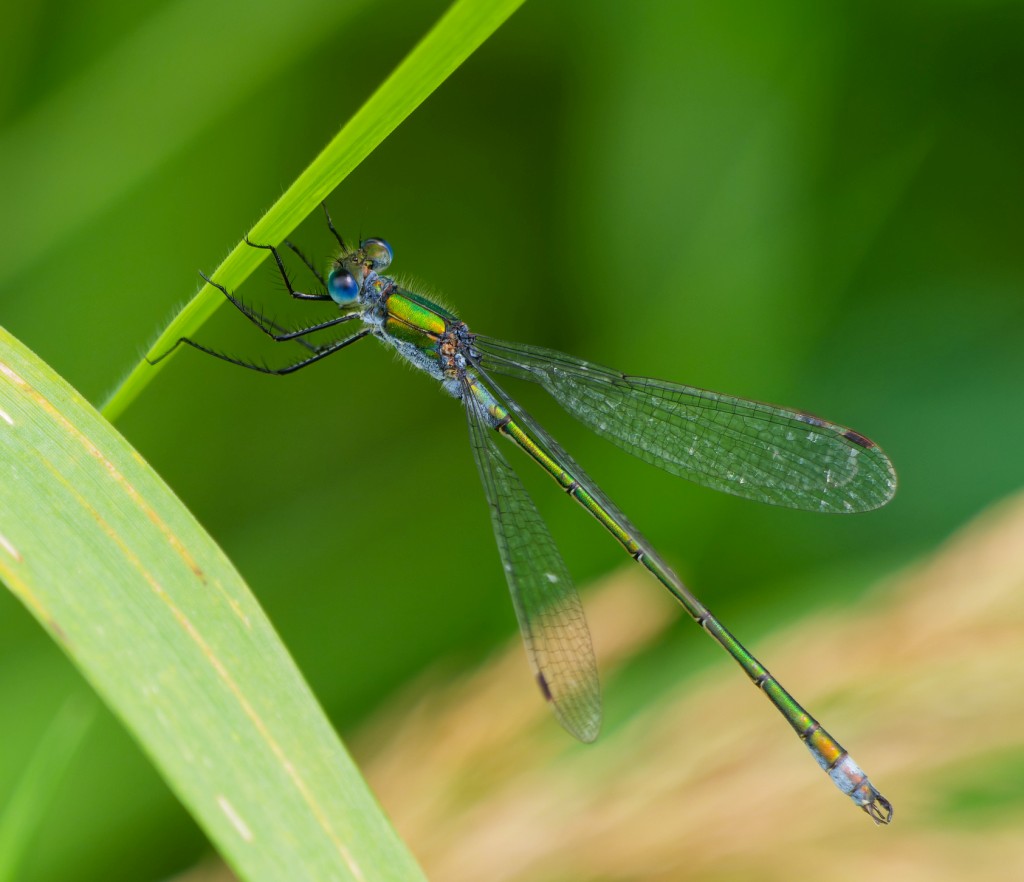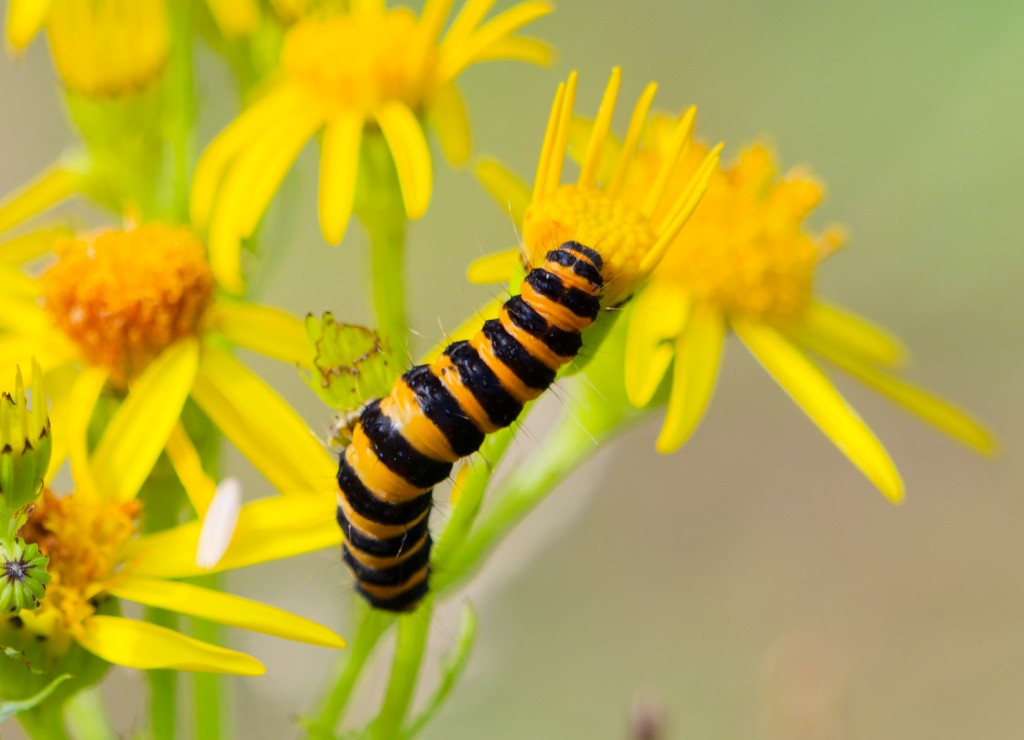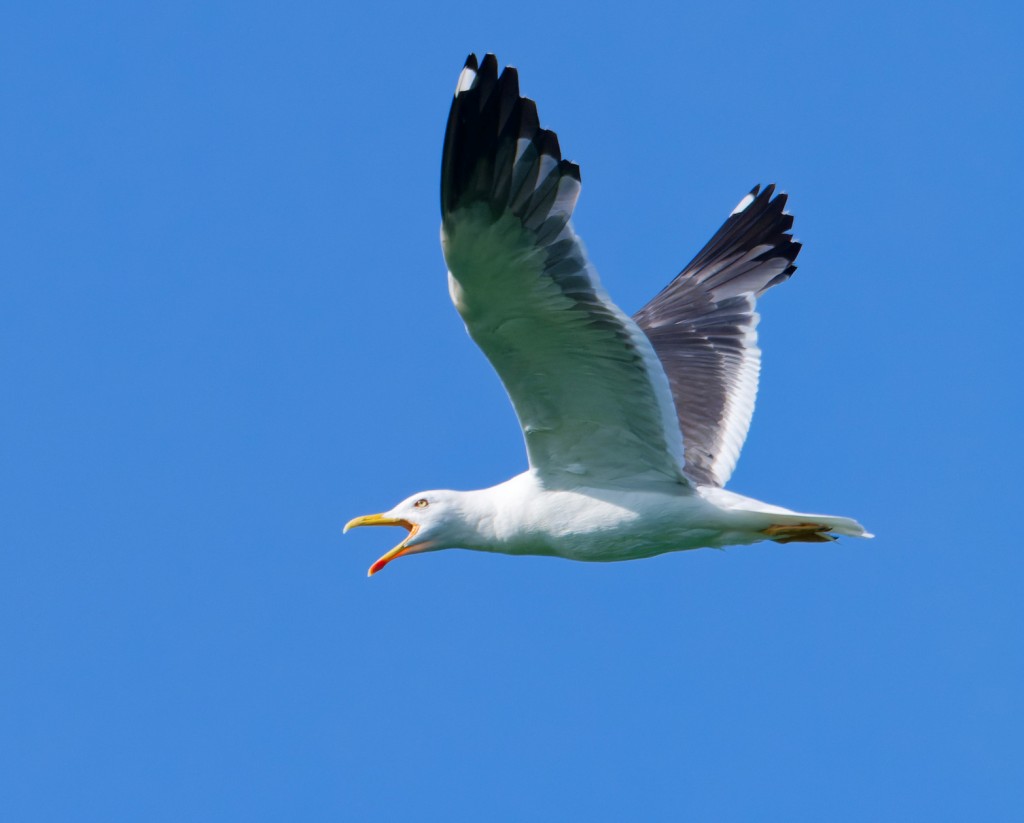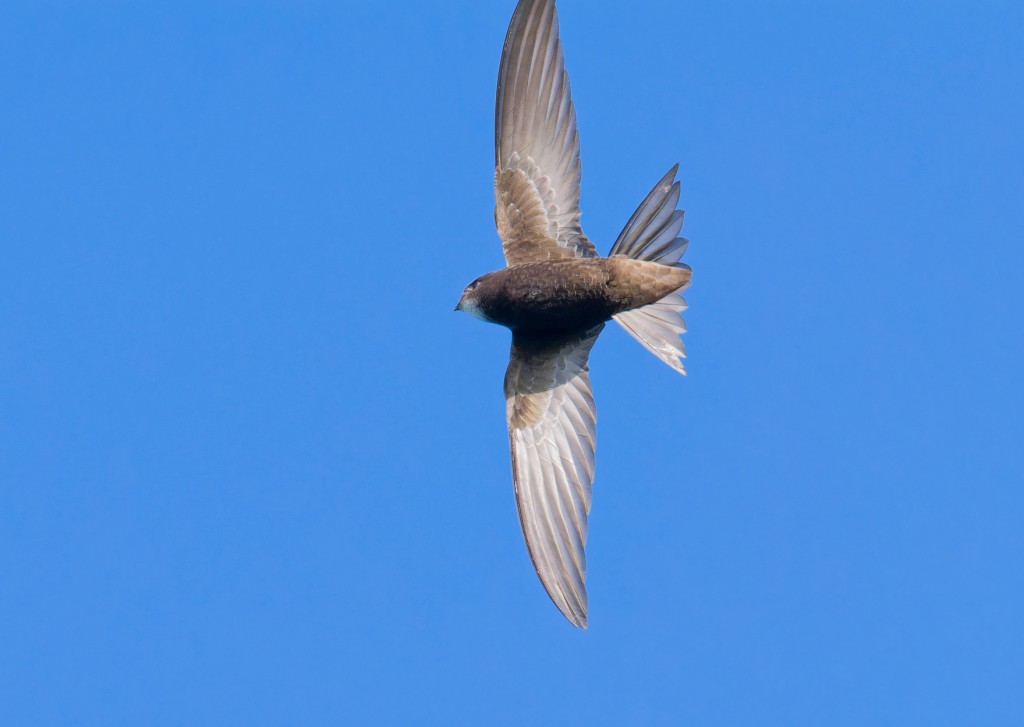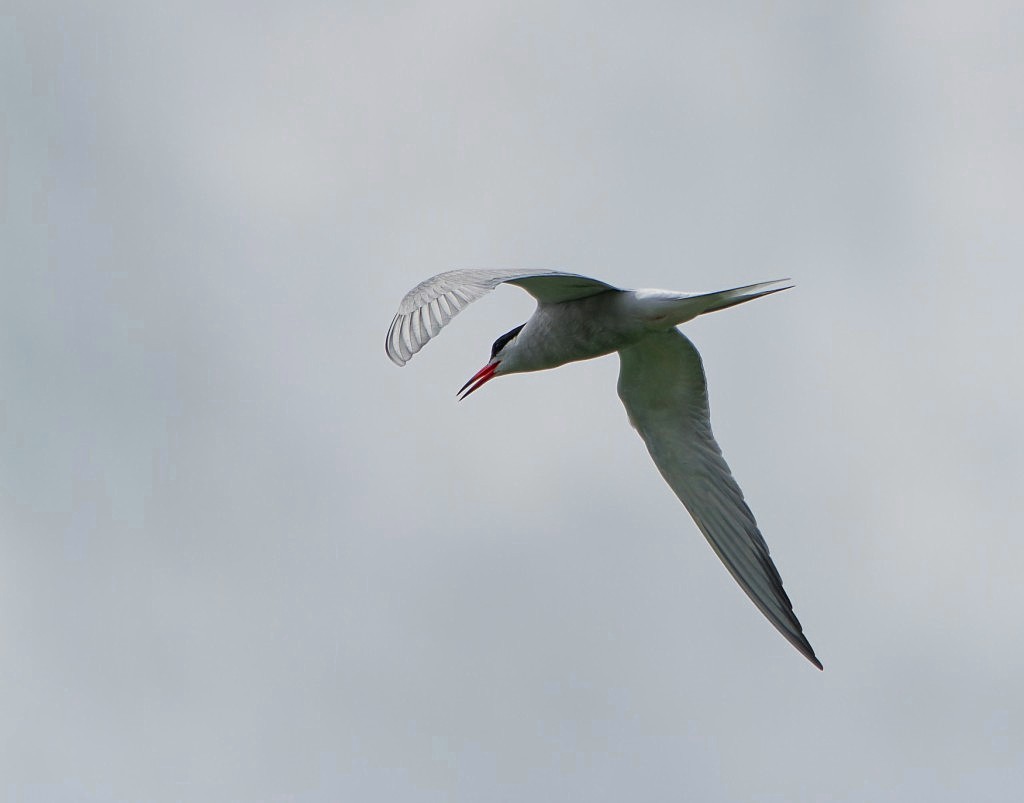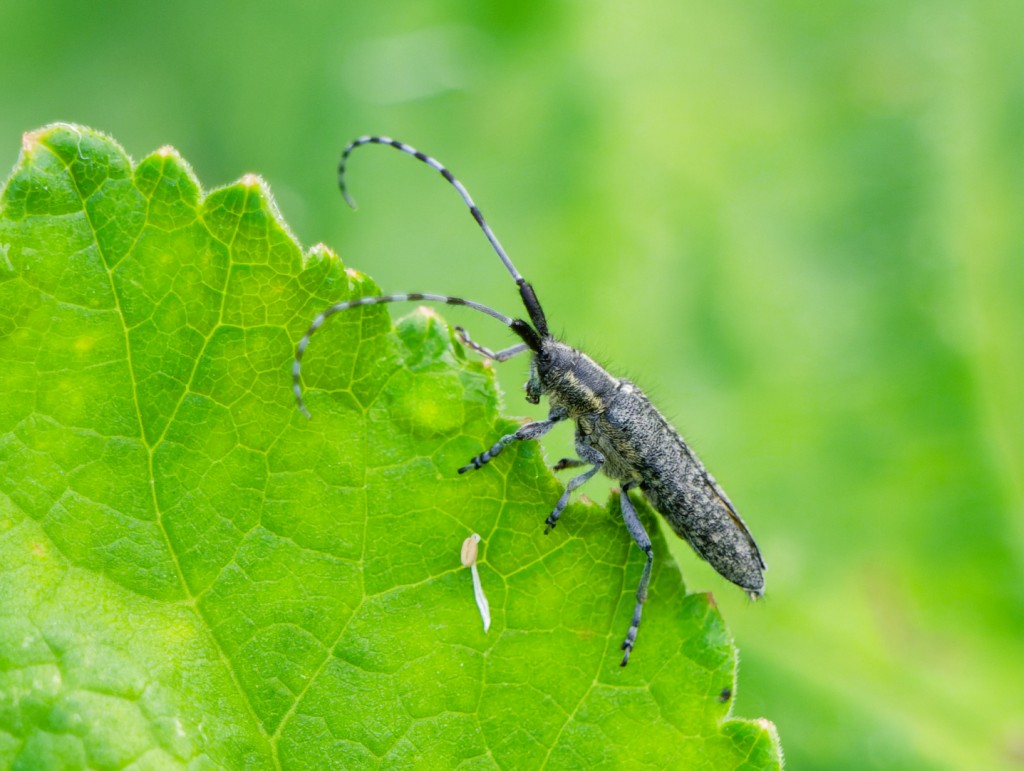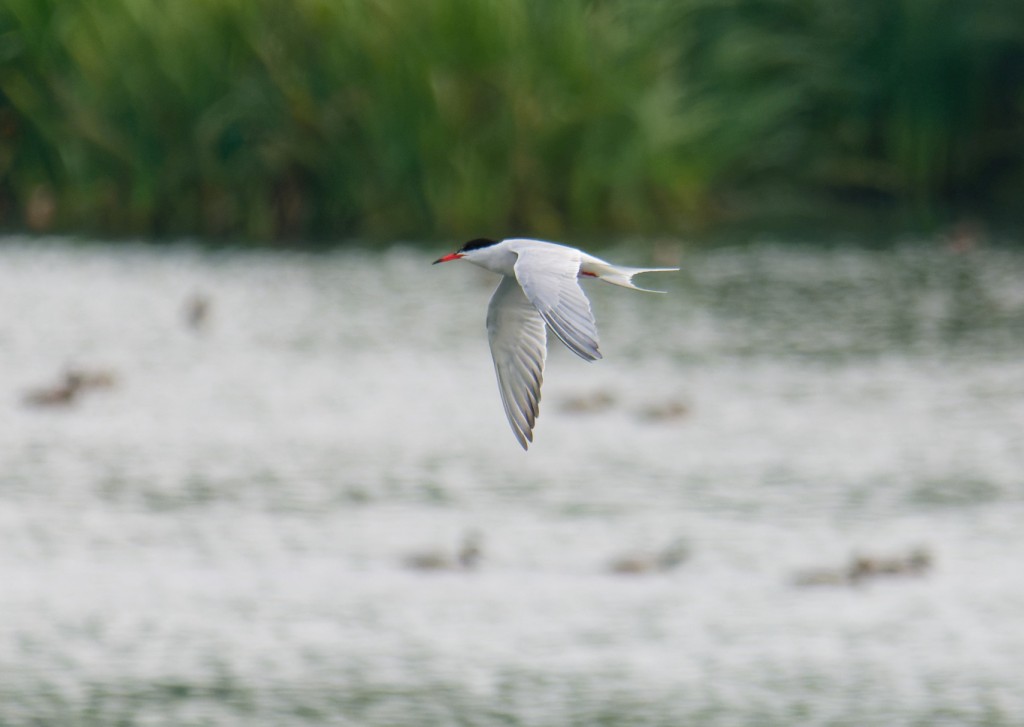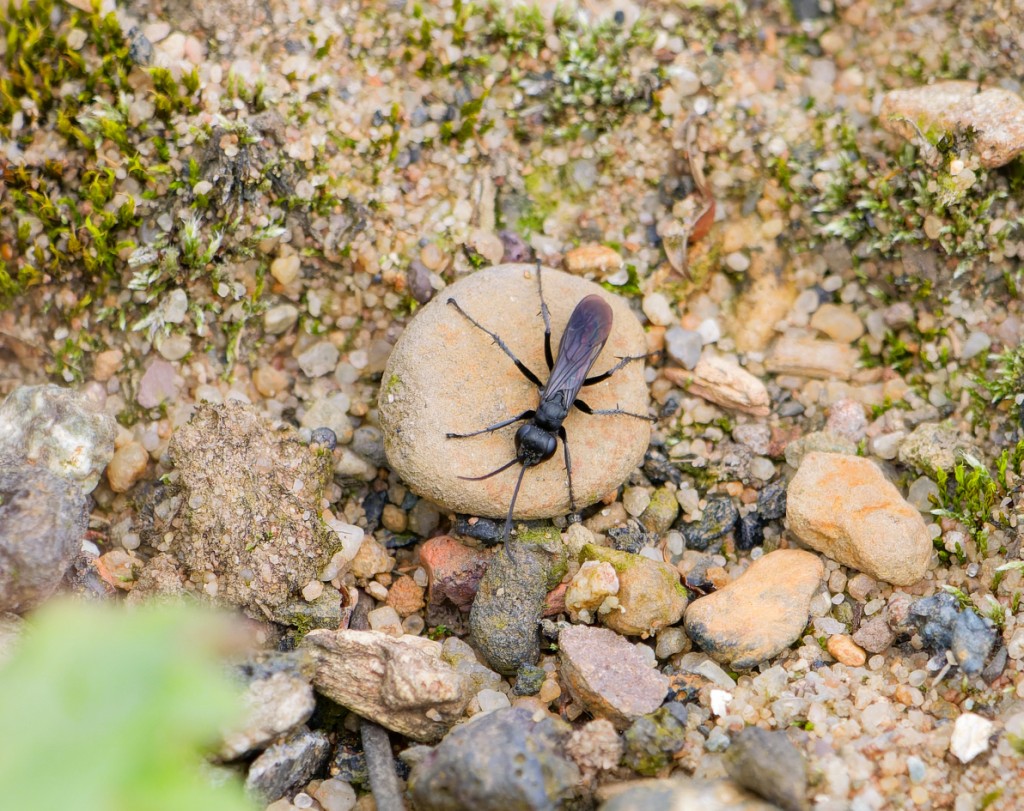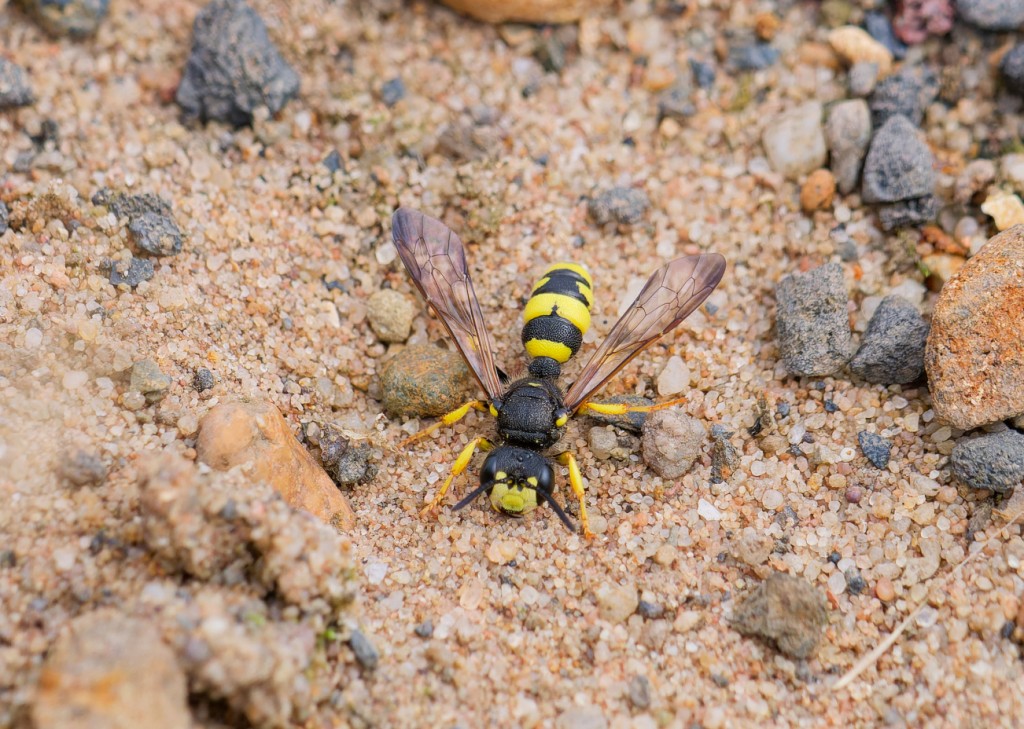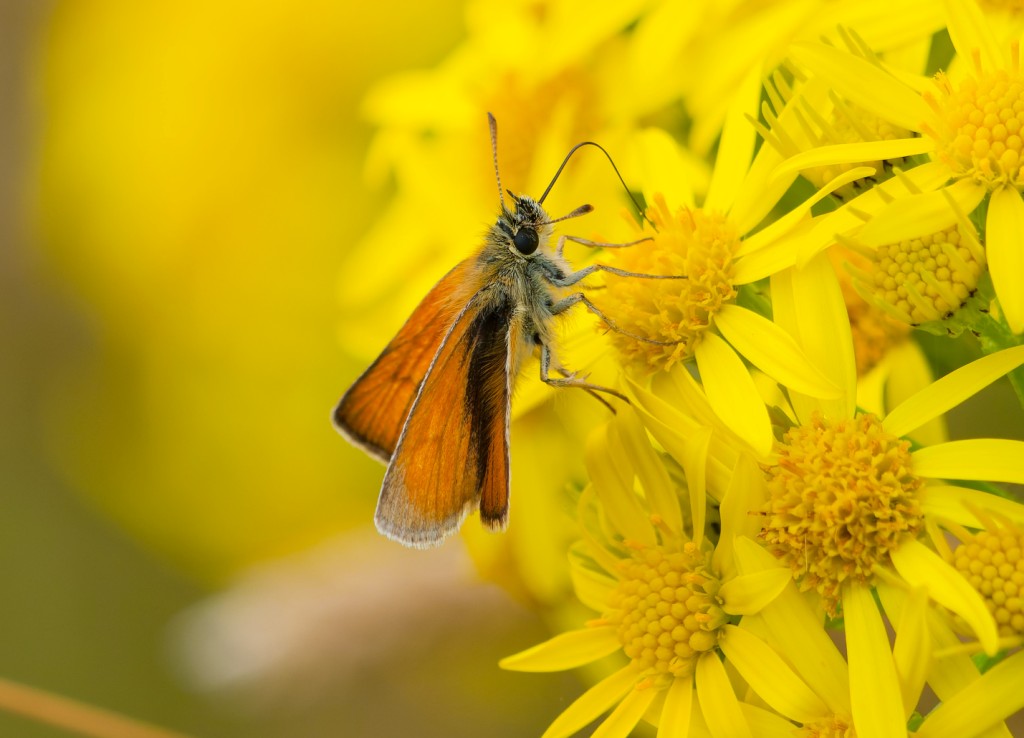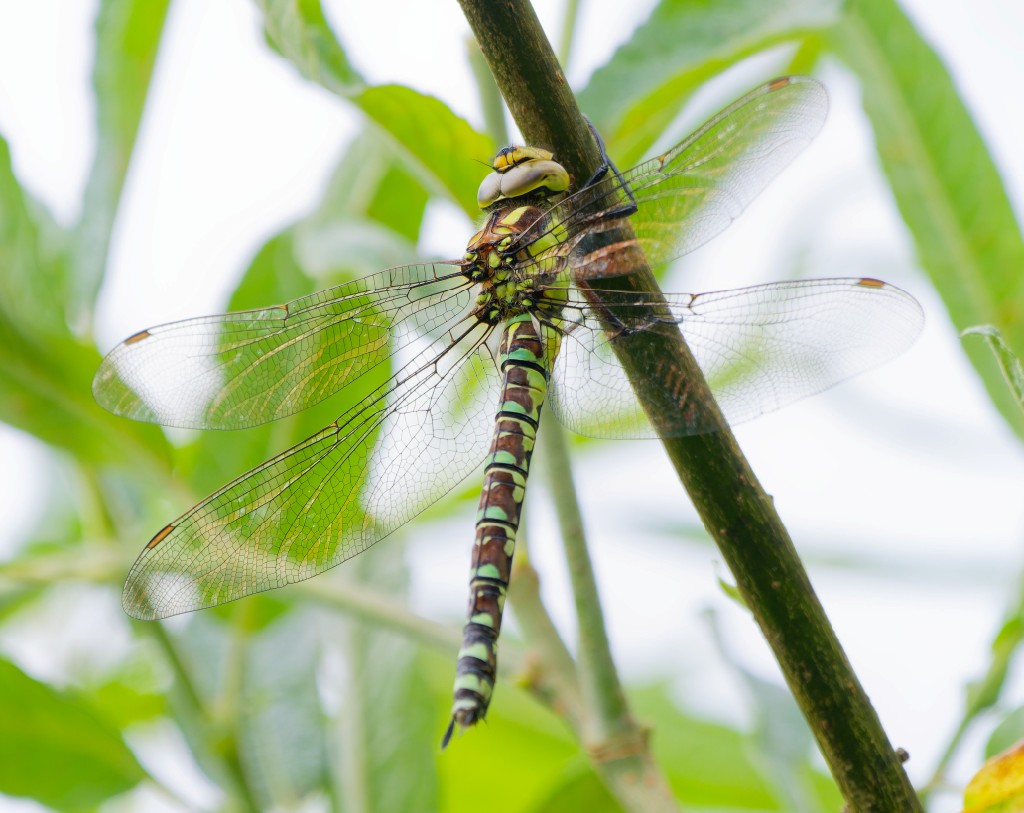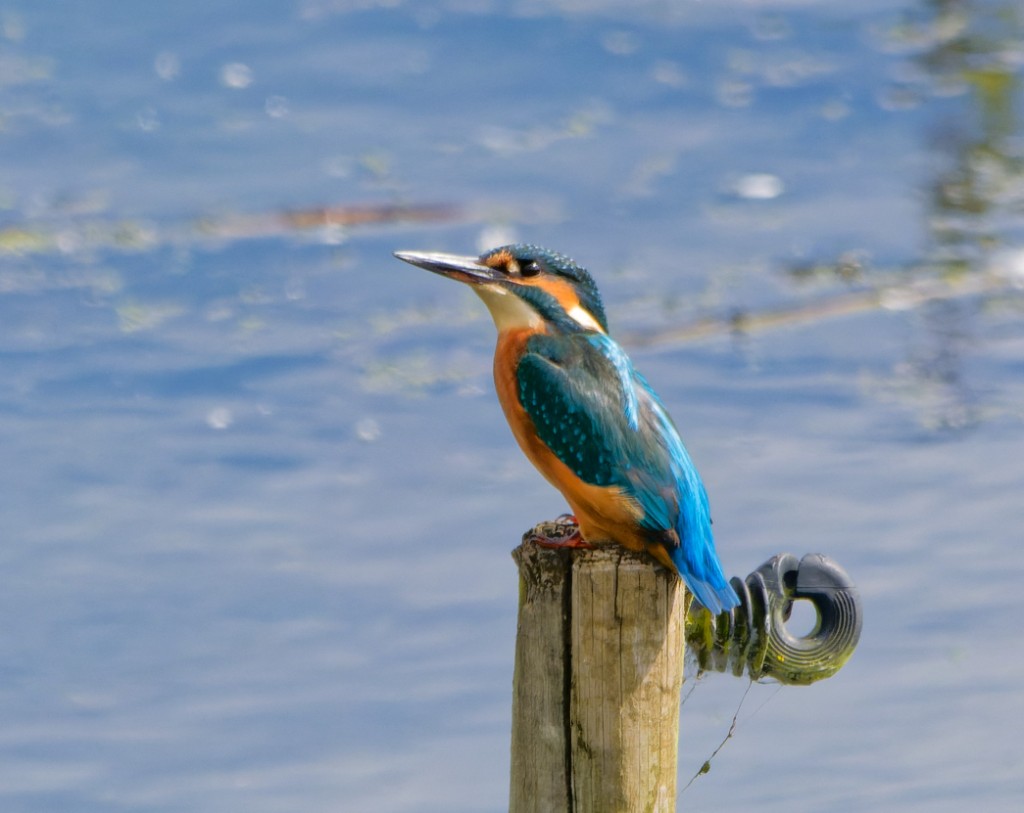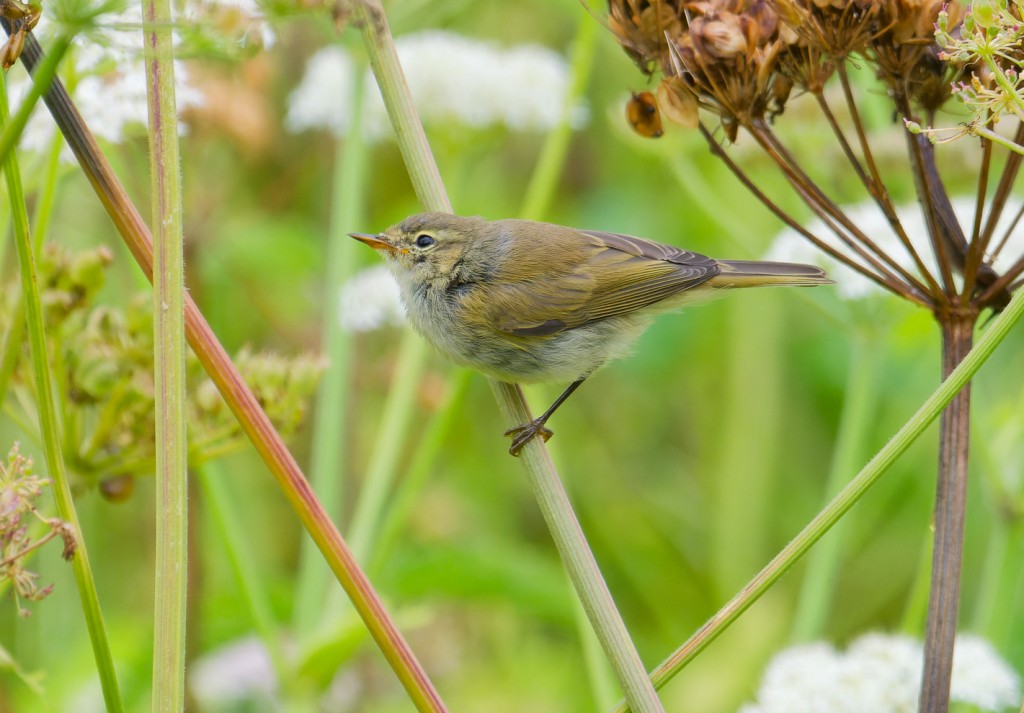Woolston Eyes Monthly Sightings
2024-07-28
It’s been an interesting week, with a steady trickle of waders passing through and enough Reserve scarcities to keep us on our toes. Wednesday saw a second Pied Flycatcher turn up on No.1 bed, with two Turnstones on No.4 bed the following day. Yesterday’s surprise was a Tree Pipit which turned up in the ringers’ nets on No.3 bed. While not as uncommon as the previous two sightings, with a handful passing over during most return passage periods, it is always nice to see these smart but understated birds at close quarters. Saturday’s waders included two Little Ringed Plovers, three Common Sandpipers and four Green Sandpipers. The three Hobbies which were noted over No.4 bed, two adults and a first-summer individual, have been around all summer and are likely to be a local breeding pair, with a “helper”, which could be one of last year’s young. This occasional phenomenon, of an immature bird helping a mature, established pair by cooperatively hunting with them, is an intriguing aspect of Hobby breeding behaviour. Most impressive, though, were the numbers of water-birds crowding the lagoons, with a record count of 1,025 Gadwall plus 548 Coot and 20 Black-necked Grebes the highlights. Photo of the Tree Pipit Cheers David Bowman (with Dan Owen)
Submitted by: David Bowman
2024-07-25
It was overcast and muggy this morning, with the sun breaking through by mid-morning and a warm, freshening breeze thankfully tempering the clamminess. It seemed pretty quiet on No.4 bed early on, though counts included 18 Black-necked Grebes, 4 Green Sandpipers, 5 Snipe, 80 Swifts and 95 Pochard. Interestingly, one of the Pochard was fitted with a nasal saddle, a colour-marking technique to help visually track wildfowl movements as an aid to conservation of declining species. Though we couldn’t read the code the colour indicated that it was marked as part of a scheme operating in France. Highlight of the day came when Dan heard Turnstones calling, swiftly followed by two which touched down briefly before flying west. While Turnstones are a common wader coastally, at the right time of year, they are scarce in-land and very hard to catch up with on the Reserve, with just a couple of sightings over the past decade. Raptors were represented by three Hobbies which flew west at speed and a couple of hunting Marsh Harriers. We finished the morning with a brief survey of dragonflies and butterflies. along the main track. Dragonfly totals were: 8 Emerald Damselflies, 3 Emperors, 2 Ruddy Darters, 1 Southern Hawker, 12 Common Darters, 40 Black-tailed Skimmers, 1 Common Blue Damselfly and 120 Blue-tailed Damselflies. Butterflies totalled: 13 Speckle Woods, 3 Commas, 2 Gatekeepers, 4 Red Admirals and 6 Small Whites. Photo of an immature male Emerald Damselfly Cheers David Bowman (with Dan Owen)
Submitted by: David Bowman
2024-07-23
t was another, somnolent high summer’s day, with not much moving but some good counts made. On No.4 bed the wetland held a drake Garganey, 2 Black-tailed Godwits, 3 Green Sandpipers, 1 Snipe. 18 Black-necked Grebes, 95 Pochard (probably all from our breeding population) and three new broods of Tufted Duck, plus a few scores of Gadwall and a couple of hundred Coot. It was unusual, though, to see a group of 18 Cormorants fly in from the south and drop onto the Mersey to the the north of the bed. The local population of around 80 Swifts was again taking advantage of the rich aerial feeding over the bed, along with a handful each of the three hirundines. Walking off the bed it was good to find 30 Cinnabar Moth caterpillars feeding on Ragwort, which is their main food plant. They used to be extremely common on the Reserve but now we rarely see them. As these attractive caterpillars are one of the main food sources for juvenile Cuckoos, we’re hopeful that they’ll make a come-back given how widespread Ragwort has again become. A last hour in No.3 bed produced another two Black-necked Grebes and a male Banded Demoiselle to finish off a very pleasant morning. Photo of a Swift Cheers David Bowman (with Dan Owen)
Submitted by: David Bowman
2024-07-21
It was warm but overcast yesterday and I spent the morning doing some counts on the No.4 bed wetland, with one eye on the sky for passing migrants. The latter included nine Dunlin and six Common Terns, with the latter all staying briefly to plunge dive for small fish. Unlike No.3 bed, which provides good feeding for terns, the No.4 bed wetland is less productive for them. In the early stages of development wetlands are extremely rich in invertebrate life, which is great for Black-necked Grebes and diving ducks, but less so for fish populations, which take a while to get established. The three Green Sandpipers present have been around for a little while now and are part of the regular autumn build-up, which can see regular double-figure counts made. Snipe, Oystercatcher and a couple of hundred Lapwings were other waders taking advantage of the increasing muddy margins as water levels start to drop. Ten Black-necked Grebes were still showing well in front of the viewing platform, while the 80 or so Swifts feeding voraciously around the platform were almost certainly from the nearby and nationally important, Westy Estate breeding colony. Photo of one of the Common Terns Cheers David Bowman
Submitted by: David Bowman
2024-07-18
It was another warm, humid morning with return passage gaining pace and some good breeding records, too. Birds passing through included 1 Red Kite, 9 Common Terns, 3 Green Sandpipers, 2 Redshanks, 1 Black-tailed Godwit and 1 Oystercatcher. Further broods of Tufted Duck, Gadwall and Pochard were noted, with the latter now having produced twenty broods, which is better than average, though some way short of last year’s 37. Twenty-two Black-necked Grebes included 11 juveniles and it won’t be long before they all start heading south. Numbers of moulting Gadwall remain high, with around 800 counted across Beds 2, 3 and 4. Dragonflies were present in decent numbers, across the three beds while butterflies were still scarce compared with most recent years. Counts included: 1 Migrant Hawker, 2 Southern Hawkers, scores of Black-tailed Skimmers, 1 Ruddy Darter, 15 Brown Hawkers, 8 Common Darters, 3 Ringlets, 5 Small Skippers, 3 Meadow Browns, 6 Large Whites, 30 Gatekeepers and 6 Commas. Photo of a Southern Hawker Cheers David Bowman (with Dan Owen
Submitted by: David Bowman
2024-07-13
It was a warm, muggy morning which was very much to the liking of the mosquitoes on No.3 bed. Great for the birds, not so much for us. From the haven of the Morgan Hide we spent a couple of hours counting the water birds, with numbers of Gadwall continuing to rise and now reaching a minimum of 640. Black-necked Grebe young may have already started to disperse, with just two of the fully-grown young still present, along with two pairs of adults, each with two large dependant young. As ever, a hunting Marsh Harrier and a Kingfisher showed well in front of the hide. Then it was time for a butterfly and dragonfly surveys, with No.3 bed delivering just 1 Brown Hawker, 2 Black-tailed Skimmers, 3 Common Darters, 1 Red Admiral, 1 Large White and 9 Green-veined Whites. No.4 bed, as ever recently, was much more productive, with: 9 Brown Hawkers, 75 Black-tailed Skimmers (29males), 34 Common Darters, 6 Blue-tailed Damselflies, 2 Gatekeepers, 4 Small Tortoiseshells, 3 Commas, 2 Meadow Browns, 6 Red Admirals, 2 Small Whites, 1 Large White and a Silver Y moth. Four adult Black-necked Grebes gave great views below the viewing platform a Hobby arrived to hawk for dragonflies as we were finally trudging stickily homewards. Photo of a Kingfisher Cheers David Bowman (with Helen Wynn and Brian Baird)
Submitted by: David Bowman
2024-07-11
t hasn’t been the best of weather this week, with constant heavy rain on Tuesday and early drizzle and a cool northerly today. Tuesday saw me getting a good soaking on No.4 bed for not too much reward, other than 3 Green Sandpipers, 5 Black-necked Grebes, 100 Swifts and 80 Swallows. This morning’s lighter drizzle, though, brought down a nice selection of waders, with 2 Redshanks and 19 Black-tailed Godwits passing through No.3 bed, while 9 Common Sandpipers and a Green Sandpiper were perched on the nesting rafts. It was also nice to see five fully-grown Black-necked Grebe young, several of which were skimming over the water testing their flight skills, as well as an adult with two smaller young. Over on No.4 bed the 10 adult grebes reported are likely to be the Bed 3 breeding population, feeding up before heading south for the winter. Other sightings of note included 460 Gadwall flushed from cover by two hunting Marsh Harriers and a Kingfisher catching fish right in front of the Morgan Hide. Photo of a Chiffchaff Cheers David Bowman
Submitted by: David Bowman
2024-07-09
Derek Britch and I found 6 Purple Hairstreaks on the south bank of No.3 bed yesterday evening.
Submitted by: Dave Hackett
2024-07-01
June Butterflies. Another very poor month with very little sun until the last week and below average temperatures. The only species to be seen in good numbers were Ringlet (record totals) and Large Skipper. Maximum counts were as follow; Small Skipper 2, Large Skipper 11, Large White 2, Green-veined White 4, Common Blue 6, Red Admiral 3, Small Tortoiseshell 1, Comma 2, Speckled Wood 21, Gatekeeper 1, Meadow Brown 44, and Ringlet 31.
Submitted by: Dave Hackett

